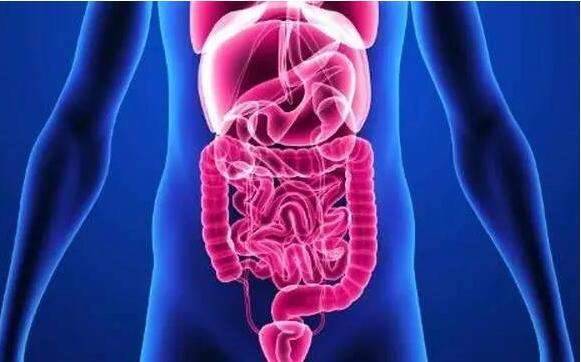
The earliest symptoms of colon cancer are generally not obvious. Later, there may be abdominal distension, discomfort, and indigestion-like symptoms, and then changes in defecation habits may occur, such as increased bowel movements, diarrhea or constipation, and abdominal pain before defecation. When there is mucus or mucopurulent bloody stool, it is usually in the middle and late stages. Surgery is one of the main treatments for colon cancer.
So, what is the surgical treatment for colon cancer?

1. Left hemicolectomyIt is suitable for cancers in the descending colon and splenic flexure of the colon. Scope of resection: left half of the transverse colon, descending colon, part or all of the sigmoid colon, together with the associated mesentery and lymph nodes. After resection, the colon is anastomotic to the colon or the colon to the rectum.
2. Right hemicolectomySuitable for cancers in the cecum, ascending colon and hepatic flexure of the colon. Scope of resection: 15 to 20 cm of the terminal ileum, cecum, ascending colon and the right half of the transverse colon, together with the associated mesentery and lymph nodes. Cancer of the hepatic flexure requires removal of most of the transverse colon and the lymph nodes in the right gastroepiploic artery group.
The article is not finished. Click on the next page to continue.
The article is not finished. Click on the next page to continue.
Next page


















